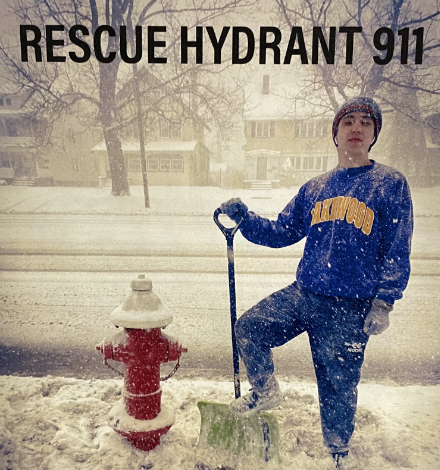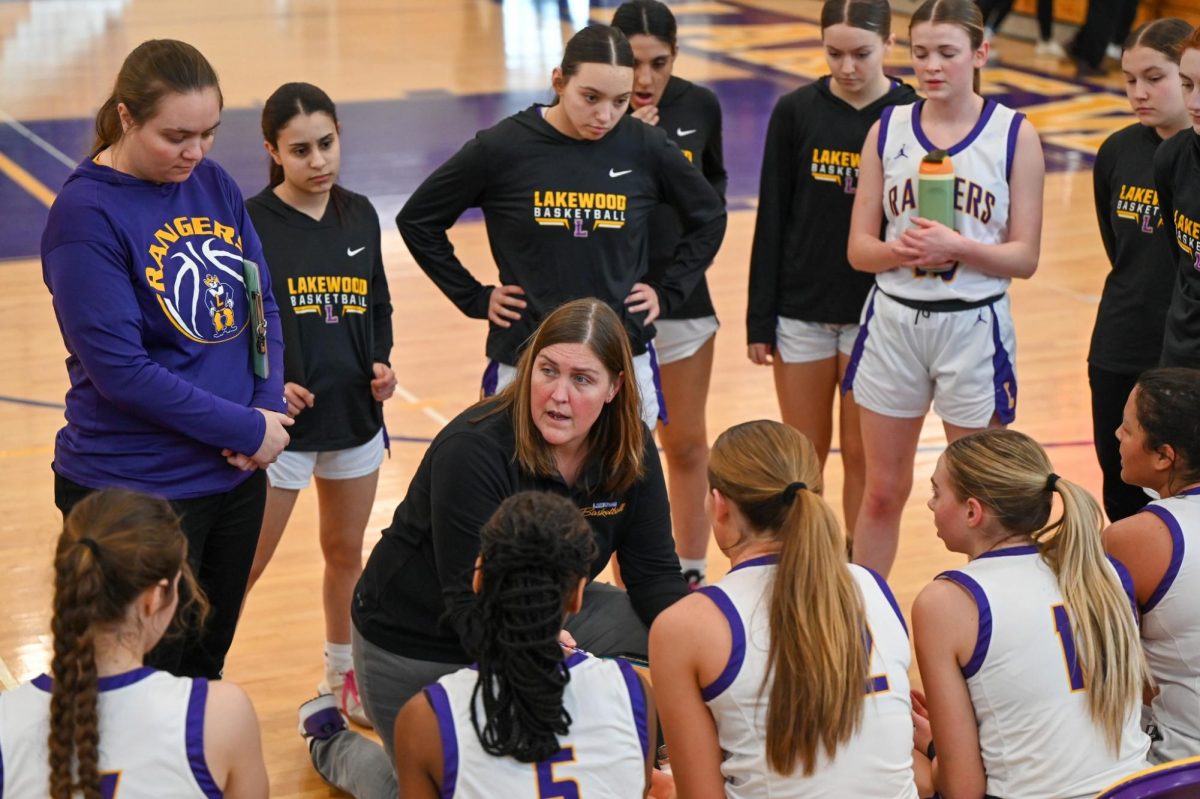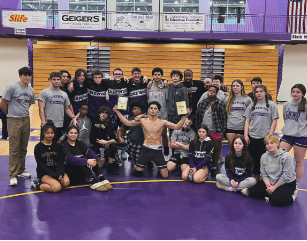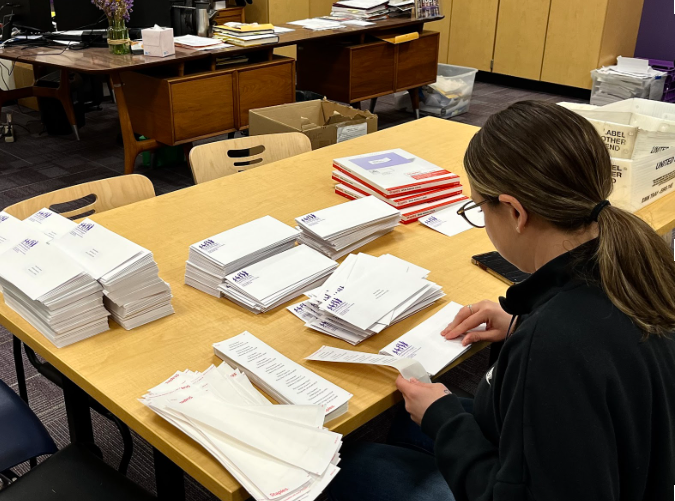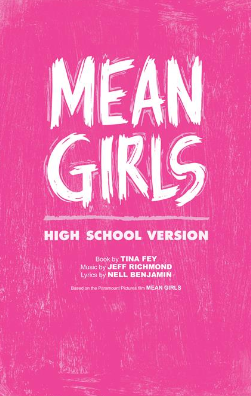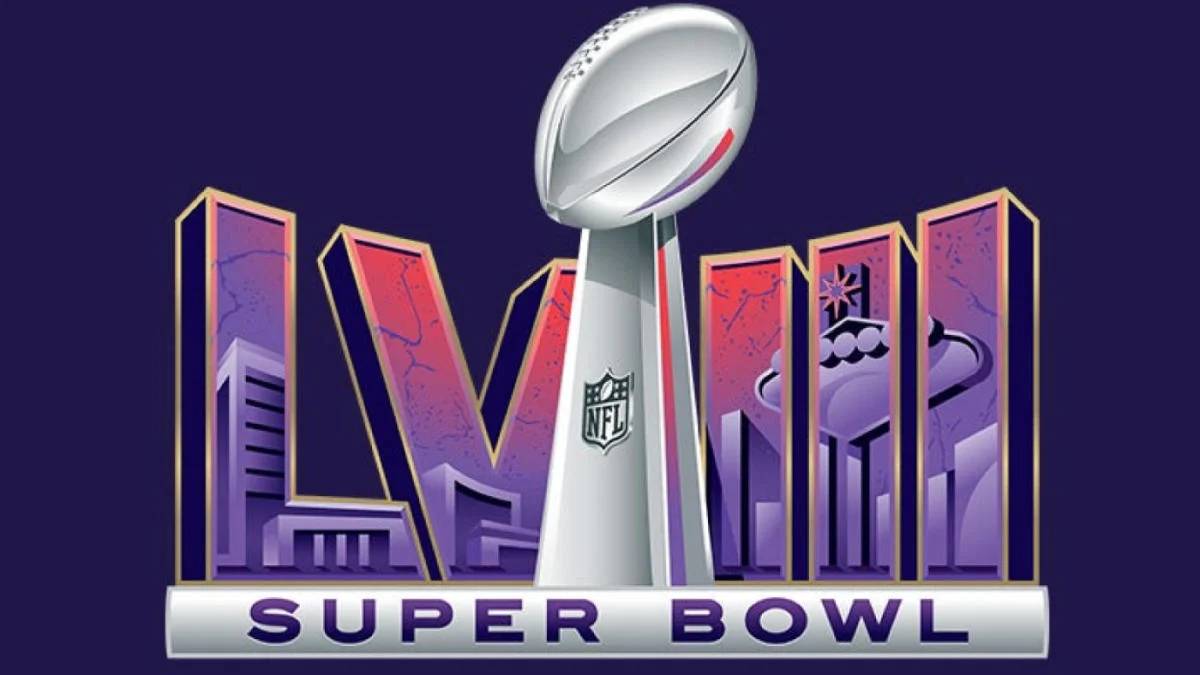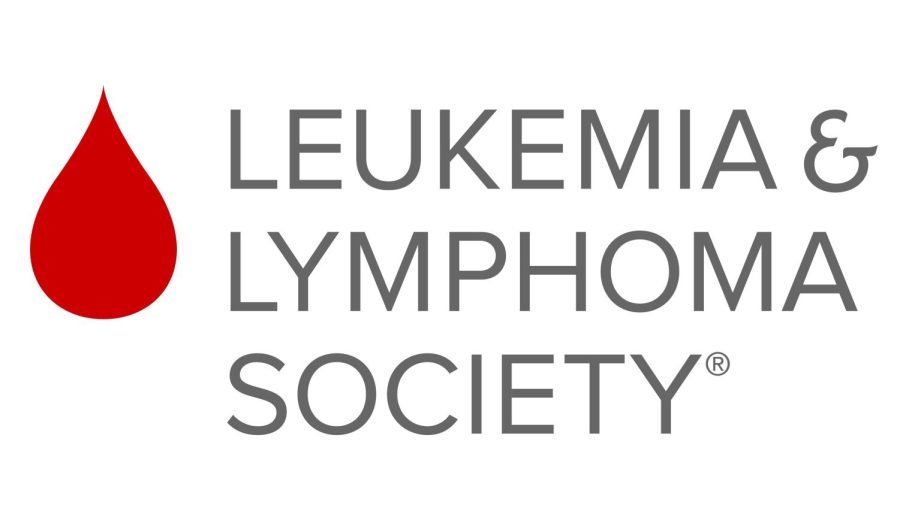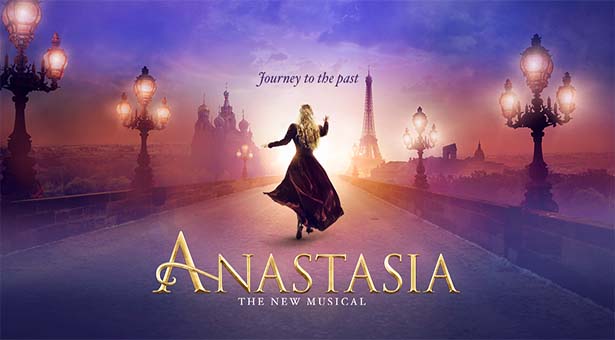At its peak in 2018, the movement to ban plastic straws stemmed from concerns about plastic pollution, especially in the ocean. Also know as “save the turtles,” this movement was relatively successful in that companies, including Starbucks, airlines, hotels, and some cities are taking steps to ban plastic straws or make them far less accessible. Videos and images of aquatic life including fish, whales, and bird’s carcasses filled with plastic have gone viral, which also encouraged the movement. But they had more than just straws inside them, which begs the question — why straws?
While straws were ranked the 7th most common piece of trash collected by beach clean up groups in 2017, they are not the biggest cause of plastic pollution in the oceans. In fact, most of the plastic pollution in the ocean actually comes from the fishing industry. But straws are a convenience — not a necessity. And while we could go without fish, it is far easier to give plastic straws the boot instead. It’s all about effort, because while there are other, more beneficial ways to aid the environment, not using plastic straws is the lazy way to pat yourself on the back for a job well done.
But not using plastic straws is a good thing, and it certainly will not have negative impacts on the environment. But the simple truth is that there is a lot more that can be done for a greater impact, but many people avoid this because it is inconvenient.
Another reason the movement against straws took off is because it was a trend. Everyone was getting metal or collapsible straws, using hashtags like #savetheturtles or #stopsucking, including celebrities such as Tom Brady. But that may not be such a positive thing. While celebrities taking action against environmental problems is a good thing, focusing on something as small as straws serves as a distraction from the bigger issues. Similarly, with Starbucks banning plastic straws, they still have plastic lids and cups. And, many compostable straws that have also become popular are only compostable in the correct facility, which many will never make it to.
The bottom line is that not using plastic straws is good, but they make up less than 1% of the problem, according to Jim Leape, co-director of the Stanford Center for Ocean Solutions. To really help the environment, there are so many ways that have a greater impact. Some examples include: limiting air travel, picking up a vegan diet (if only some days a week), and taking shorter showers — but there are tons of other ways to, which can easily be looked up.




